Understanding Faces in Geometry
In geometry, a face is a flat surface that forms part of the boundary of a solid object. For example, a cube has six faces - one for each side. Each face is a two-dimensional shape, such as a square, rectangle, or triangle, depending on the solid object.
Faces are important in geometry because they help define the shape and structure of three-dimensional objects. By counting the number of faces, we can identify and classify different solids, such as cubes, prisms, pyramids, and polyhedra.
When studying faces in geometry, it's important to understand their properties, including their shape, size, and orientation. By analyzing the faces of various solids, we can learn how to calculate their surface area, volume, and other important measurements.
Understanding the concept of faces is essential for building a strong foundation in geometry and spatial reasoning. It allows us to visualize and manipulate three-dimensional objects, solving problems related to shapes and solids.
In summary, faces are the flat surfaces that make up the boundary of a solid object, and they play a crucial role in understanding and working with three-dimensional shapes in geometry.
.◂Math Worksheets and Study Guides Third Grade. Solids and Faces
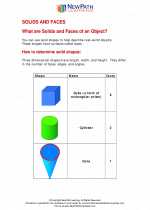
 Worksheet/Answer key
Worksheet/Answer key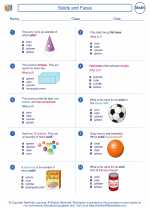
 Worksheet/Answer key
Worksheet/Answer key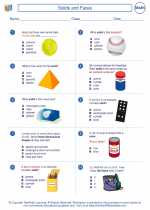
 Worksheet/Answer key
Worksheet/Answer key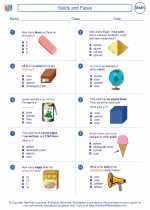
 Worksheet/Answer key
Worksheet/Answer key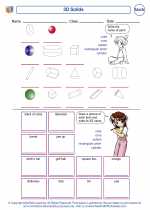
 Worksheet/Answer key
Worksheet/Answer key
